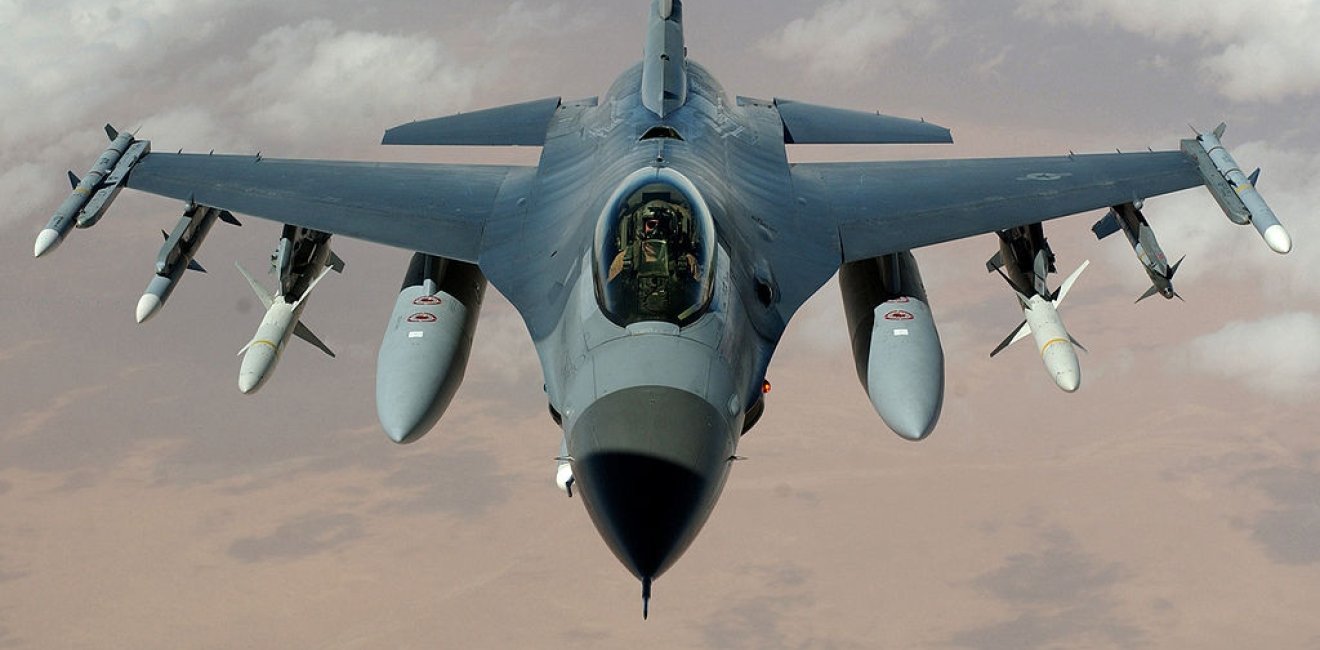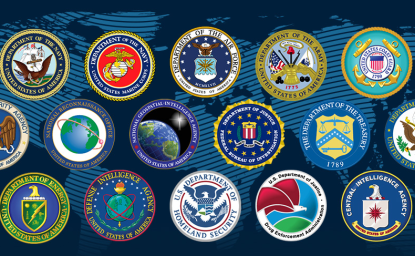No-Fly Zone No Answer for Syria
Humanitarian “safe zones” are a great idea in theory. But they’re a bad, dangerous idea in the context of the Syrian civil war.
Humanitarian “safe zones” are a great idea in theory. But they’re a bad, dangerous idea in the context of the Syrian civil war.

With former Secretary of State Hillary Clinton’s call the for the establishment of no-fly and safety zones in Syria to protect the local population, front-runner candidates from both parties have now expressed support for a U.S.-enforced no-fly zone in Syria. Regional partners like Turkey are also calling for a no-fly zone. But creating no-fly and safety zones in Syria is not only unrealistic; it’s also dangerous to the population they are intended to protect.
What no-fly zone proponents, which include Senator John McCain, have in mind is for the anti-Assad coalition to designate a part of northern Syria adjacent to the Turkish border as a safe or buffer zone that can be resupplied from Turkey and protected by coalition aircraft. Refugees would then be encouraged to gather in this designated zone without fear of Syrian (and perhaps Russian) barrel bombs, which have claimed so many innocent lives.
In theory this sounds like a great idea. Our experience of actually enforcing two recent no-fly zones in Iraq and Libya, however, suggests that in practice no-fly and safety zones in Syria would only invite more violence and chaos.
The only previous experience of a safe and effective no-fly zone was in northern Iraq after the conclusion of the First Gulf War. At that time Iraqi strongman Saddam Hussein unleashed a murderous rampage to subdue rebelling Kurds; with more than a million Kurds seeking refuge in the no-man’s land between Iraq, Turkey, and Iran, the international community set up no-fly zones above the 36thparallel to prevent Saddam’s ground forces from attacking the Kurds and to allow the latter to return to their homes. Operation Provide Comfort succeeded in saving tens of thousands of lives and helping the Kurds become one of the few islands of relative stability in the Middle East today.
The mission was successful because the objectives and the opponents were clear and singular. There was only one person or power to deter (Saddam), and the mission was a humanitarian endeavor aimed at saving lives. Also critical to the setup was the establishment of a small American-led military ground force in northern Iraq to guard against ground intrusions. The Kurds themselves eventually reconstituted their own military forces to establish law and order at home and stand guard against the Iraqi army.
In Syria, a no-fly zone has many potential adversaries in addition to Assad. Even if Assad could be deterred by air power alone, the same deterrence logic does not apply when it comes to the Islamic State or jihadist groups like al-Nusra. Syria today is teeming with militants belonging to such organizations that terrorize the population with beheadings and random acts of cruelty.
Air power can stop tanks, but can do very little when it comes to protecting civilian populations from the likes of the Islamic State or al-Nusra. Even Assad’s paramilitaries could easily infiltrate the buffer zone and inflict their share of violence. All it takes is a few bands of marauders on foot to create mayhem and all the air forces of the world would be helpless. Another unintended consequence of a buffer zone bereft of protection from ground forces is that its population would be susceptible to Islamic state’s forcible recruitment of youngsters to their cause.
No one, including the no-fly zone’s most vociferous supporter, Turkey—much less the U.S. or the Europeans—is willing to send ground troops into this safe zone. Turkey’s buffer zone is intended to be more than just a humanitarian gesture; it is envisaged as an operational base for the regime’s opponents. This diverges from the Iraqi example where the Iraqi Kurds had no desire to attack Saddam Hussein’s forces.
In Iraq back in 1991, there was an international consensus regarding the no-fly zones. The Russians who have directly joined the war on Assad’s side will never approve a United Nations resolution establishing such a buffer. Therefore, a unilaterally declared Syrian buffer zone jam-packed with refugees would become a target of just about everyone.
A more recent example of how a no-fly zone might play out in Syria is the one established over Libya in 2011, to prevent Colonel Qaddafi from harming his own population and to encourage his ouster. The no-fly zone did achieve these aims, but in the absence of clear end goals and ground forces to enforce peace, it left a wake of chaos and violence in Libya. The implementation of the no-fly zone left much to be desired, as some of the Western powers had sided with the rebels against the regime and even transferred arms. This was nothing like Iraq, where the Kurds had neither the desire nor the capability to overthrow the regime in Baghdad, in a civil war.
The larger problem is that Syria is now divided between government-controlled areas and those ruled by a hodgepodge of jihadist groups, with the U.S.-affiliated Syrian Kurds representing the only exception. The Russian intervention has solidified this stalemated situation; hence one ought not expect change in the near- to medium-term future. Even if the U.S. were to blow the Islamic State’s putative capital of Raqqa to smithereens, there is no organized force capable of occupying this territory and creating a semblance of order. Besides, that still leaves Mosul, an Iraqi city of more than a million, still under the control of IS.
The buffer zone, therefore, does not address this fundamental problem. It is a diversion likely to consume resources without achieving any of its aims. With endless supplies of arms and Russian and Iranian involvement on the government side, the idea that this civil war would somehow burn itself out is also turning out to be a fallacy. At some point, neighboring countries will realize that it is only with the introduction of ground troops, with copious support from the U.S. Air Force, that the Islamic State and other jihadists can be defeated. Introduction of ground troops is also an essential ingredient for the Sunni populations living under jihadist terror to rebel against their overlords; their allegiance will have to be earned by these invading forces. Only then and after defeating IS can one meaningfully discuss Assad’s inevitable exit and a transition to a new Syria.
This article originially appeared in the American Interest: http://www.the-american-interest.com/2015/10/20/no-fly-zone-no-answer-for-syria/


The Wilson Center’s Middle East Program serves as a crucial resource for the policymaking community and beyond, providing analyses and research that helps inform US foreign policymaking, stimulates public debate, and expands knowledge about issues in the wider Middle East and North Africa (MENA) region. Read more



